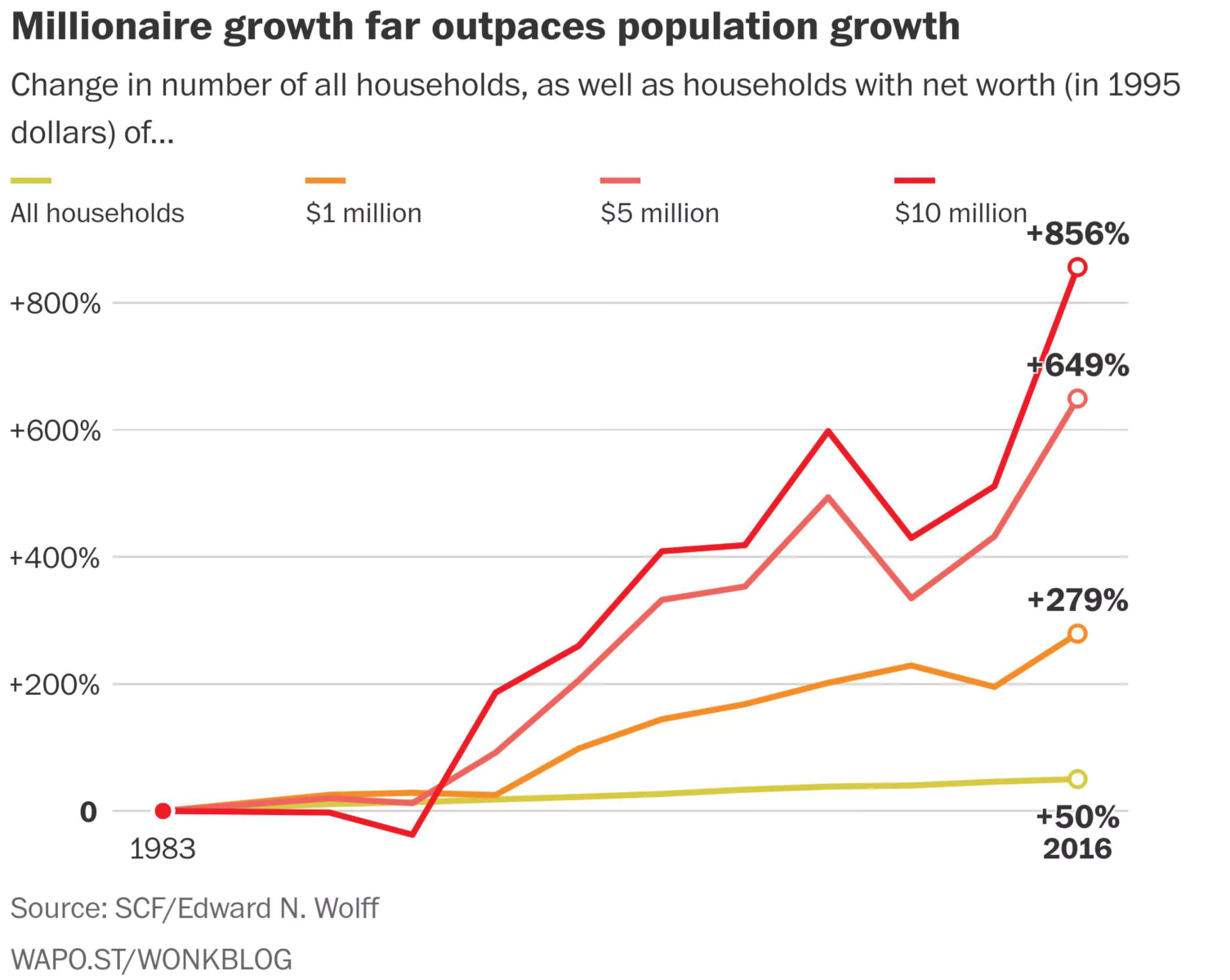AMATEURS
Ask permission.
PROFESSIONALS
Do. Amateurs are afraid they’re going to ruffle feathers, they’re afraid they won’t have success, they want everyone to feel good about them. Professionals know this is an impossibility. Sure, there are amateurs who don’t ask and do heinous things, but they usually don’t even see the landscape to begin with. Decide and then act.
AMATEURS
Manipulate.
PROFESSIONALS
Make their counterparts believe the behavior/solution is to their advantage. No one likes to be manipulated. They don’t mind being influenced, even if it benefits others at the same time. They just don’t want to be a pawn in the game. (more…)




 Implied volatility increases near the end of topping processes. This can be observed from VIX index. VIX shows relative strength despite the market keeps going higher.
Implied volatility increases near the end of topping processes. This can be observed from VIX index. VIX shows relative strength despite the market keeps going higher. 

